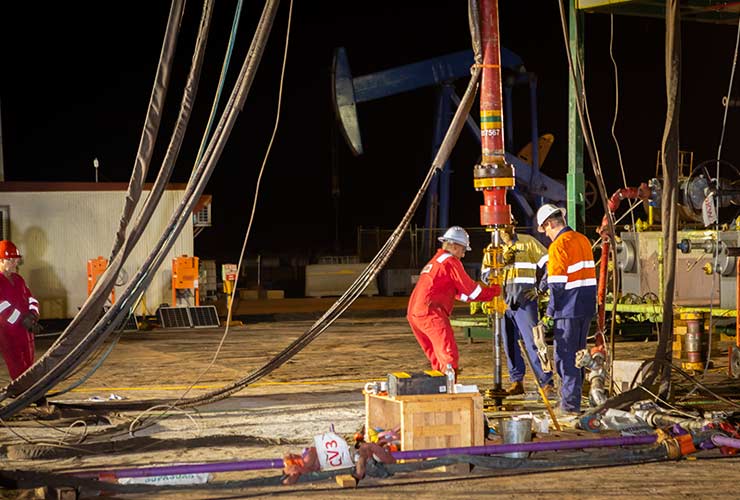Case Study: Western Australia UBCTD Project That Boosts Oil Production
Author: Matteo Gemignani
Published: 26th May 2020


Comment
Your Email
Enter your comment here:
Enter Your Comment
Your Email
Comments
This blog describes a Directional Coiled Tubing Drilling job that was performed in Western Australia. A multi-lateral well was drilled in underbalanced conditions with the aim of increasing the oil production and avoiding formation damage. Placing the wellbore in the correct geological position within the reservoir in order to maximise production was the main challenge.
The well under consideration was planned to be drilled horizontally with the objective of providing oil production from the central fault block within the field while intersecting good quality, laterally connected reservoir. The underbalanced drilling was aimed to maximise production rates at low draw down pressures through a greater pay interval and to minimise formation damage. The horizontal section was designed to maximise lateral drainage of the reservoir as maximum length was limited by the anticline and overlying shale. Therefore, the placement of the wellbore had to be as accurate as possible in order to deliver the longest lateral achievable in the most productive portion of the reservoir.
AnTech took advantage of RockSense, a real-time, at-bit, synthetic porosity signature software for bed boundary identification. This technology offers two considerable advantages over traditional geosteering techniques. Firstly, operators can gain inch-level resolution because multiple measurements can be made for every foot drilled, due to the fact that wired telemetry has a high data rate. Secondly, formation boundaries can be detected at the bit, not 20-30 ft behind it, as the software can tell the directional driller whether a bed boundary has been passed, within inches of the BHA passing through it. Therefore, the driller can deliver an optimally placed wellbore and respond to changes in formation as the bit passes through them.
In this particular instance, the reservoir was a homogeneous dolomite with very little gamma character. Therefore, RockSense provided valuable insight into the formations vugular nature, fractures and faults. The sidetrack was landed within the reservoir’s crest structure at an inclination of 89.5 deg, as tight as technically possible after leaving the casing point, keeping the wellbore as structurally high as possible. Total Depth (TD) was called when gamma and RockSense readings were showing the bit was approaching the overlying shales.
The well achieved very encouraging initial production. This demonstrates the benefits of RockSense and the impact of underbalanced CTD when combined with expertise in both surface and subsurface operations.












+44 1392 933 100 | +1 800-868-1562